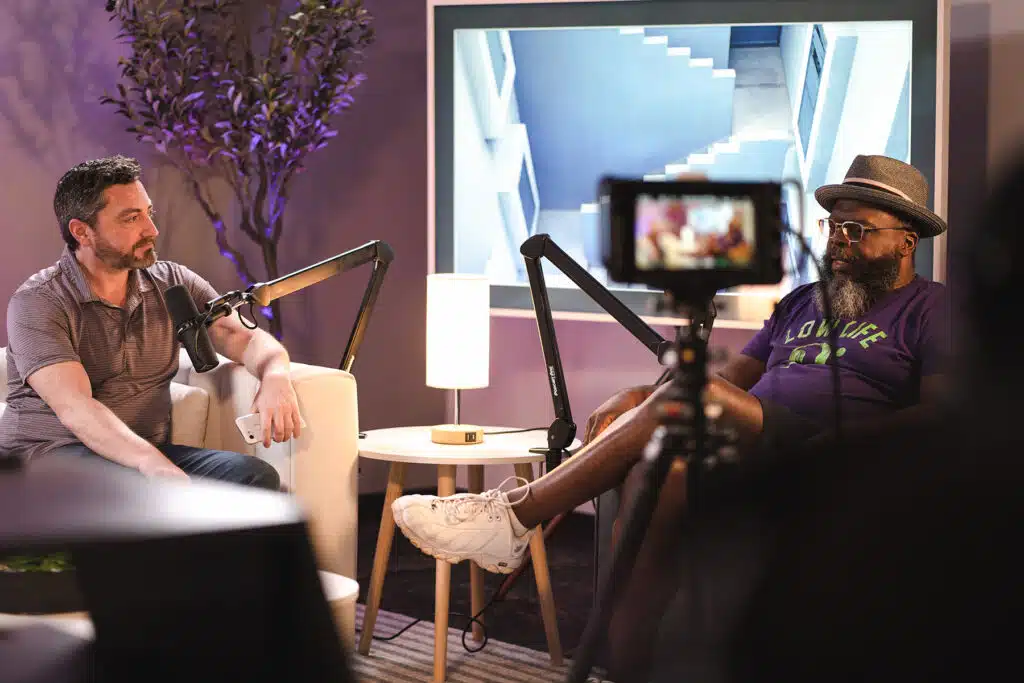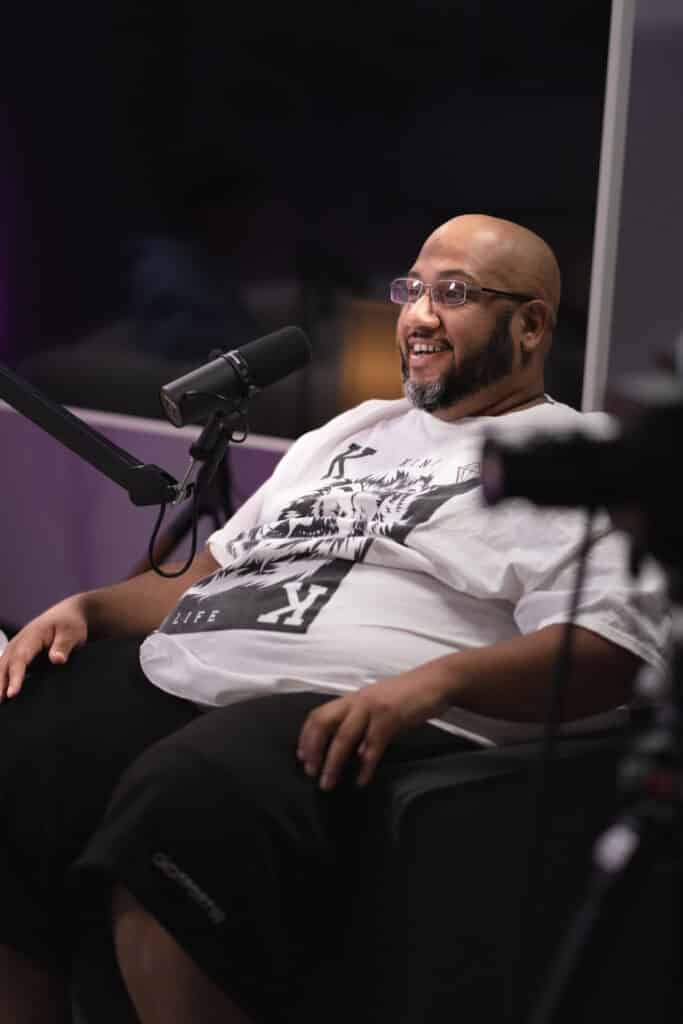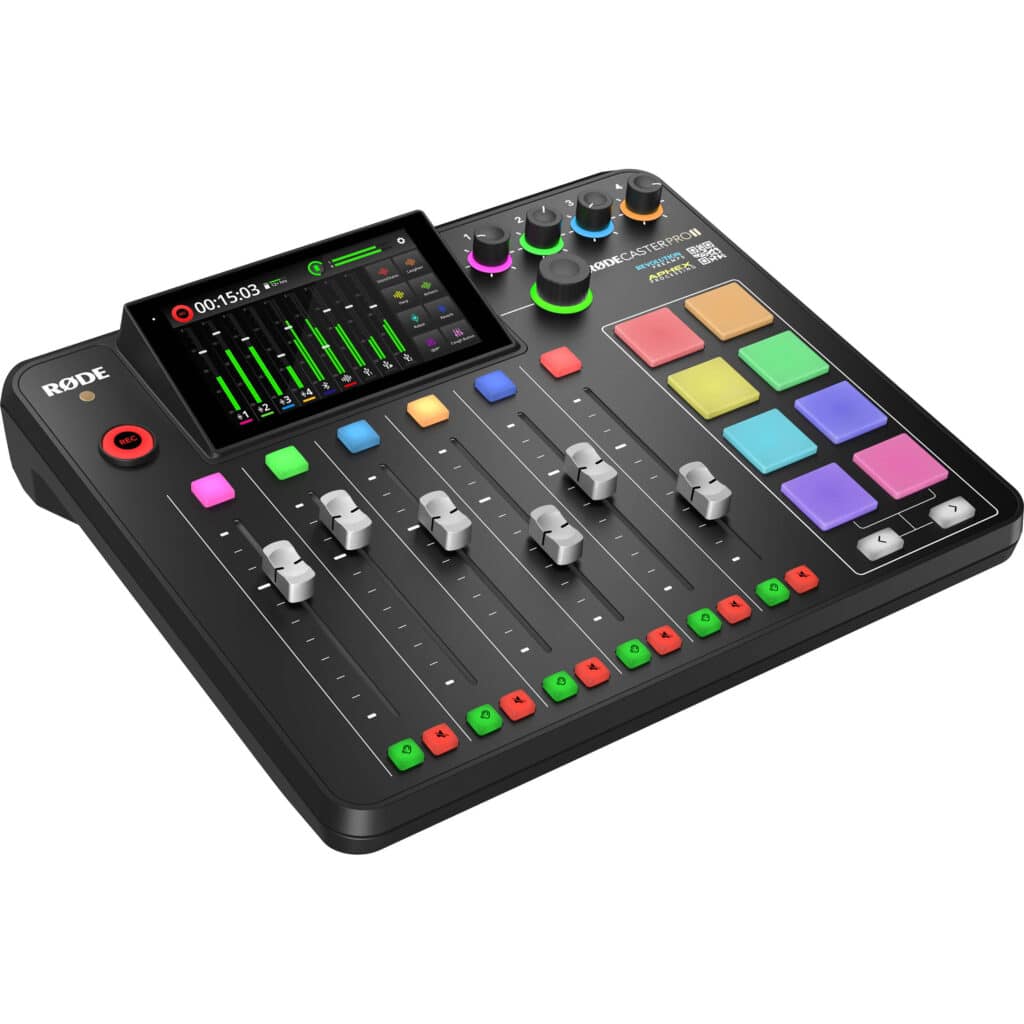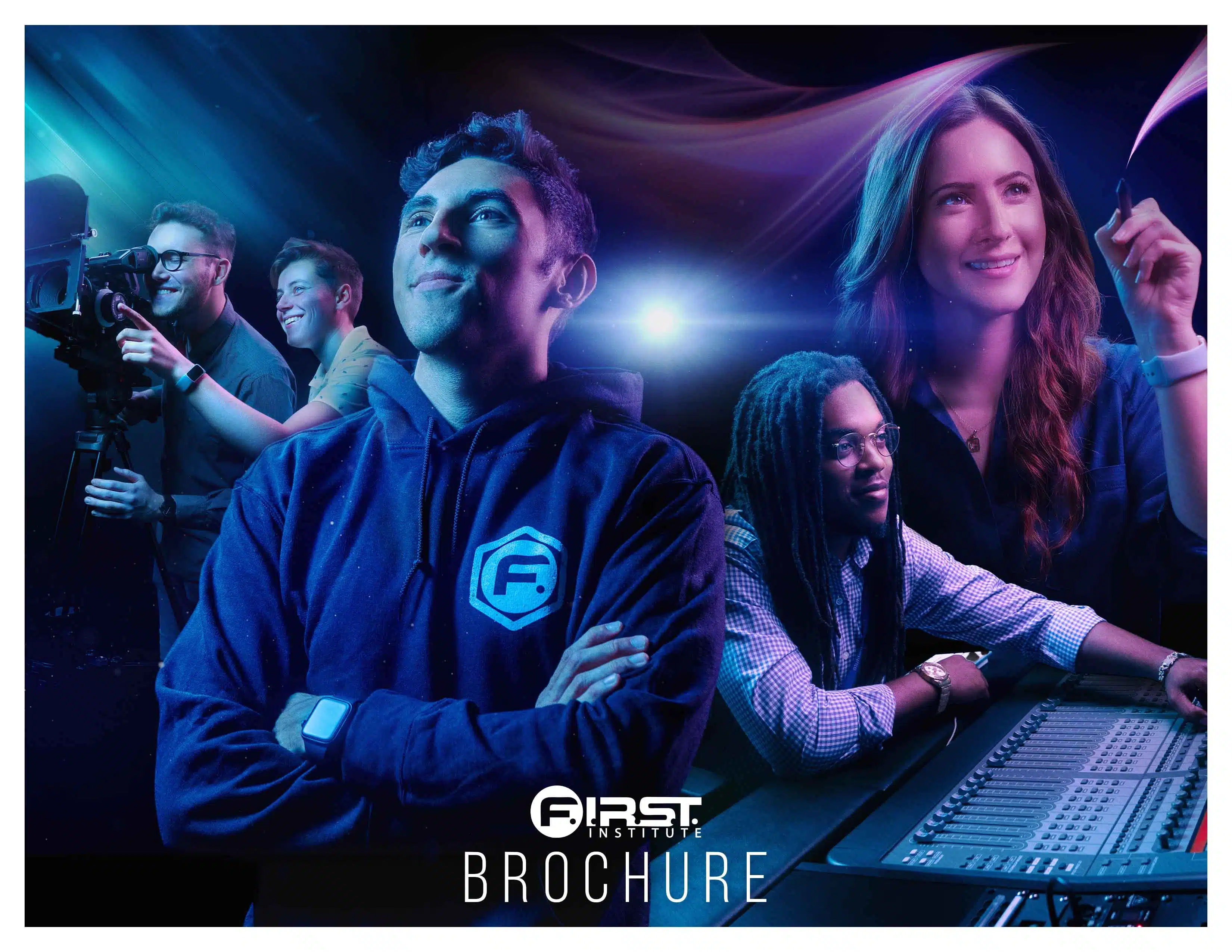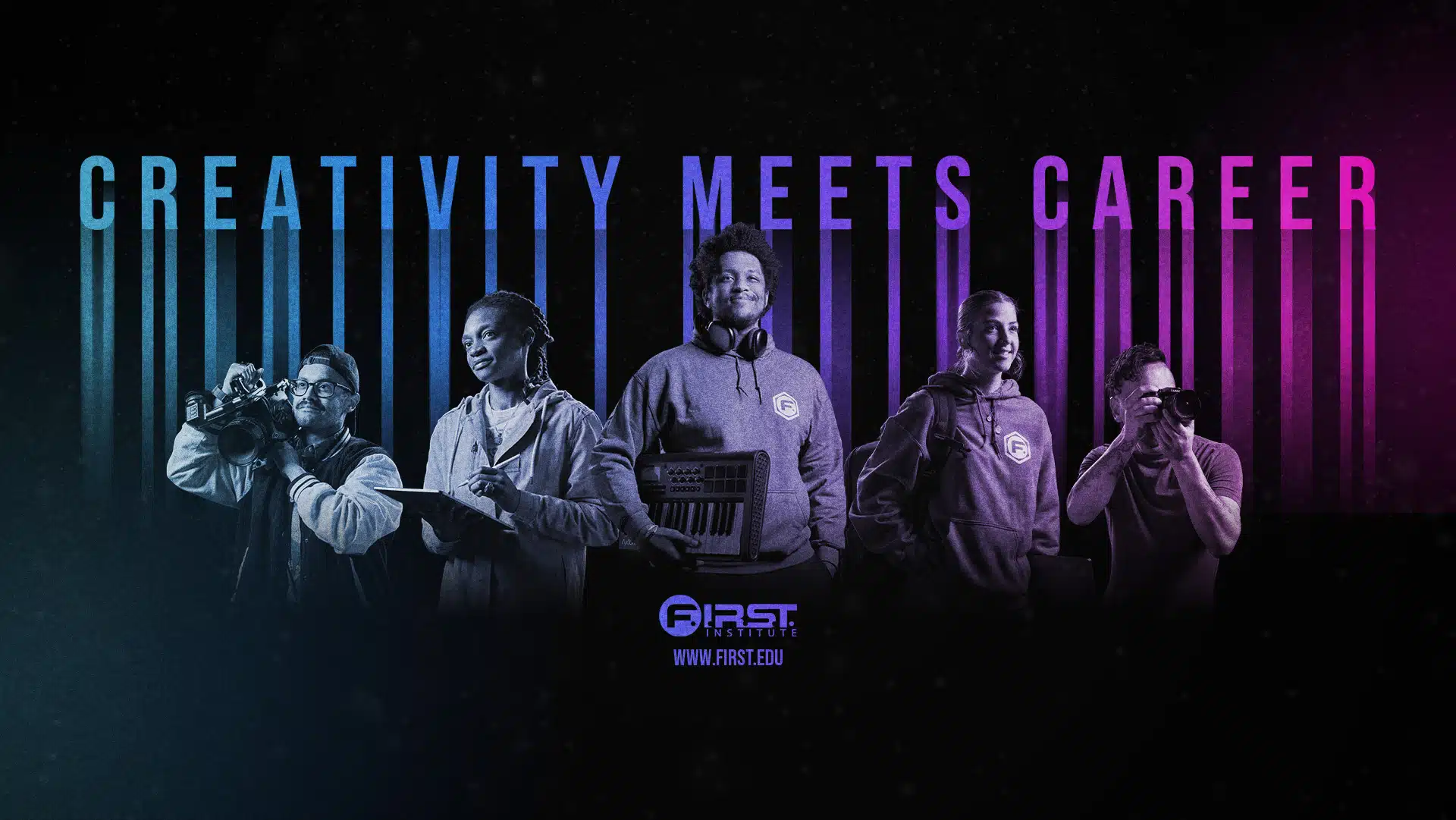Podcasting has become an integral part of our digital landscape, offering a platform for individuals and businesses to share their thoughts, stories, and expertise with a global audience. However, before you hit the “publish” button, there’s one crucial step that can make or break your podcast: editing. In this article, we’ll dive deep into podcast editing, exploring different approaches and tools to help you create the best podcast episodes. So, let’s embark on this journey through the intricacies of podcast editing.
Diverse Approaches to Podcast Editing
Within the realm of podcast editing, there exists a rich tapestry of approaches, each tailored to suit the specific demands and creative vision of podcasters. It’s similar to an artist’s palette, where podcasters can select from various colors to create their unique audio experiences.
The Perfectionist’s Editor:
For the meticulous perfectionists, podcast editing is an art form in itself. Every pause, stumble, or background noise is carefully scrutinized and surgically removed. Podcasters carefully examine their audio, laboring to ensure that each word, each breath, aligns perfectly with their vision. The result is a polished, pristine episode that leaves no room for error.
The Editors Who Keep It Raw:
On the opposite end of the spectrum, some podcasters embrace the authenticity of unedited content. They believe that the raw, unfiltered moments capture the essence of genuine human connection. These podcasters let their conversations flow naturally, embracing flaws and bloopers as part of the experience. Their audience appreciates the realness, finding comfort in the genuine charm of unedited content.
The Middle Ground Editors:
Between these two extremes lies a vast middle ground where most podcasters reside. Here, podcast editing strikes a balance between perfection and authenticity. Unwanted interruptions and excessive mistakes are trimmed away, while the essence of the conversation remains intact. This approach respects the audience’s time by delivering a polished, engaging episode without sacrificing the genuine moments that make podcasts so appealing.
Tailored to Your Style:
The beauty of podcast editing is that there’s no one-size-fits-all template. It’s a tailor-made process that adapts to your style, content, and audience. Whether you aim for flawless professionalism or embrace the quirks of spontaneity, your editing approach is a reflection of your podcasting identity.
Understanding the Basics of Podcast Editing
At its core, podcast editing involves trimming unwanted sections from your audio recordings. Most podcast editing software displays your audio as waveforms, allowing you to identify and remove unwanted segments, much like editing a text document. Additionally, you can work with multiple audio tracks in a multitrack editor like ProTools, enabling you to seamlessly mix different segments, clips, and music into your episodes.
Moreover, podcast editing isn’t solely about cutting out mistakes; it also encompasses production aspects. You can enhance your audio quality by applying effects and processes to reduce background noise, boost volume, and improve overall sound quality. This can be accomplished using preset effects or plugins, and some software even automates some of this process.
The Time Factor:
One of the most common questions in podcast editing is, “How long does it take?” The answer is, it depends. Editing time can vary significantly based on your approach and content. For instance, a podcast with minimal editing, where mistakes are marked during recording and quickly addressed, can be edited in as little as 15 minutes for a 30-minute episode.
On the other hand, a highly produced podcast with lengthy interviews and intricate audio enhancements can take several hours of editing. It’s not uncommon for a one-hour recording to require two to five hours of editing and production work. As a rough average, you can estimate that podcast editing takes around an hour, but this is subject to numerous variables.
No Set Rules:
When it comes to podcast editing, there are no strict rules you must adhere to. The editing approach you choose should align with your podcast’s goals and style. For solo or interview-based podcasts, minimal editing may suffice. Conversely, documentary-style shows require extensive editing to achieve their desired quality.
Choosing the Right Tools:
Selecting the appropriate tools is crucial in podcast editing. The most common tool used is a Digital Audio Workstation (DAW), which serves as your audio editing software. Audacity is a popular free option for beginners, while Adobe Audition, ProTools, and Reaper offer advanced capabilities for those seeking a professional touch.
Furthermore, podcast editing apps and tools have evolved, so understanding the nuances between the different software is important as some clients may require to use one DAW over another.
Text-Based Editing:
Text-based editing is an emerging trend in podcast editing. This method involves editing audio based on a written transcript. You simply highlight the text you want to remove, and the corresponding audio is deleted. While not widely available in all editing software, tools like Adobe Premier lead the charge by implementing AI.
Hardware Matters:
A reliable computer is essential for podcast editing, and the choice of input device can impact your efficiency. Some editors opt for gaming-inspired peripherals like Stream Decks or the popular RØDECaster Pro II to streamline their workflow. These control stations allow users to monitor their signal, add effects, and more while recording their show.
In the podcast editing field, there’s no one-size-fits-all solution. The approach you choose should align with your podcast’s goals and your personal preferences. Whether you’re a hobbyist, small business owner, or a brand aiming for a polished sound, there’s a podcast editing strategy that suits you. With the right tools and techniques, you can bring your podcast to life and captivate your audience. If you feel your skills are lacking and you want to be able to churn out top-tier content for clients, we invite you to our courses in audio engineering.

